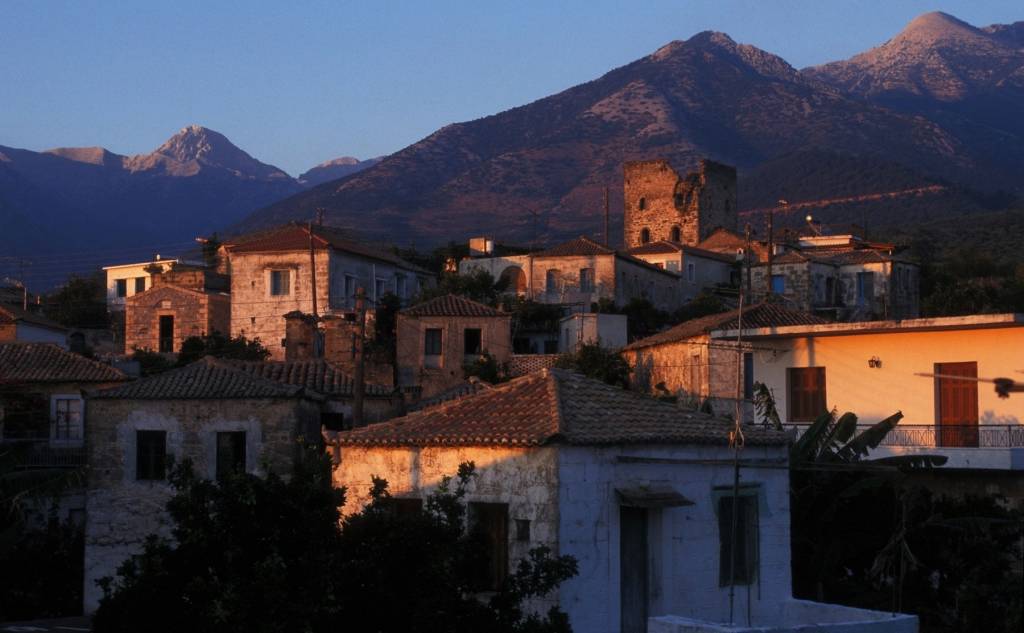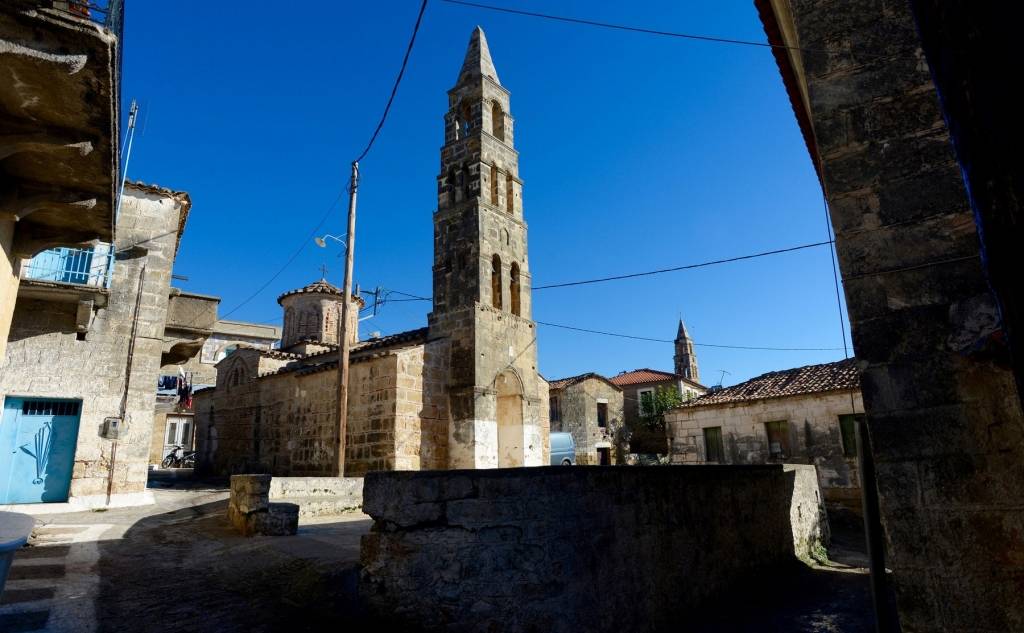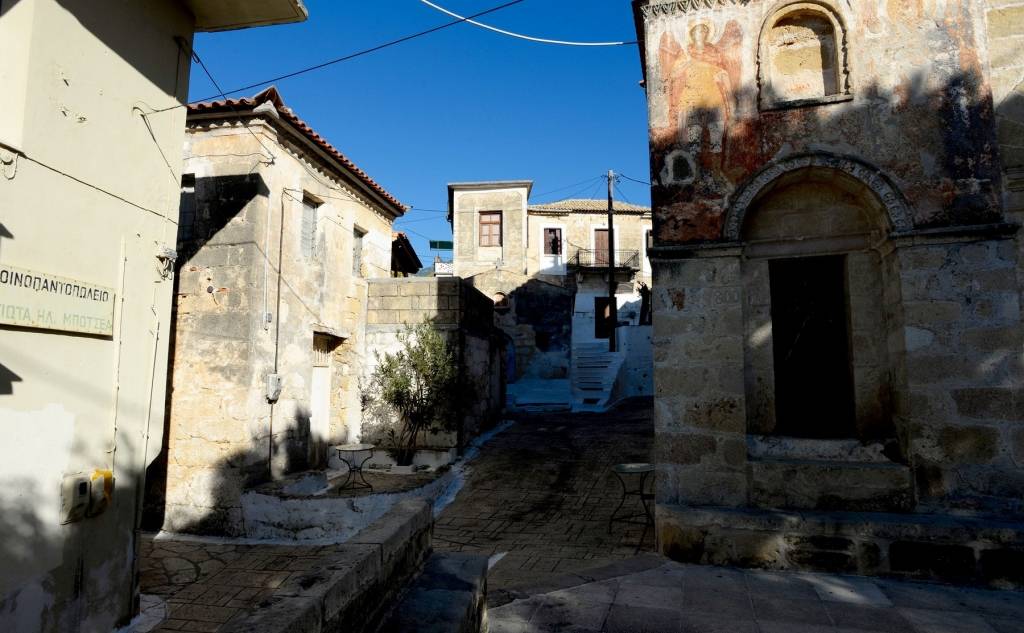







The traditional village of Proastio is built at an altitude of 232 metres and has approximately 200 permanent residents. It is only 6 kilometres from Kardamyli and 43 kilometres from Kalamata. It is one of the region's oldest and most important post-Byzantine villages. Because of its fortified position, Proastio suffered significant damage from the Turks, who burned it in 1615 and 1670, forcing a large part of the population to migrate to Taranta in southern Italy.
During the 18th century, Proastio was the seat of the Episcopate and today, the village preserves about 200 old buildings with unique characteristics, such as the arched houses made of ashlar (from local quarries) as well as forty Byzantine and Post-Byzantine churches with excellent frescoes. Among them, the church of Agios Nikolaos, which belongs to the architectural type of the double-column cruciform inscribed church with a dome, stands out. Also, the church’s bell tower (17.5 metres high) dates back to the beginning of the 18th century.
The nine-hydrant fountain of Melissines (1643) and a stone bridge, representing unique examples of folk architecture, dominate the village's entrance. The Perdikeas’ Tower, as well as the two-storey Houseas’ Tower, are representative examples of the architecture of the early 19th century and have been designated as historic, preserved monuments by the Ministry of Culture.
Finally, outside Neo Proastio (on the coastal road of Kardamyli-Agios Nikolaos) is the Vatsinidis cave, also known as the "Vatsinidis Refuge", with a total area of 2,400 sq.m. The cave consists of two huge main chambers with large lakes of seawater and smaller rooms with ponds and dripping decorations.